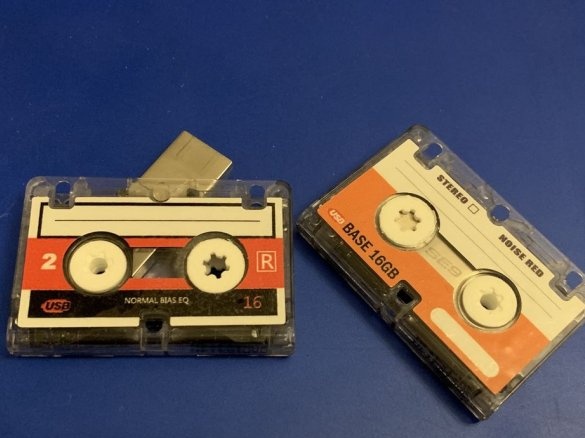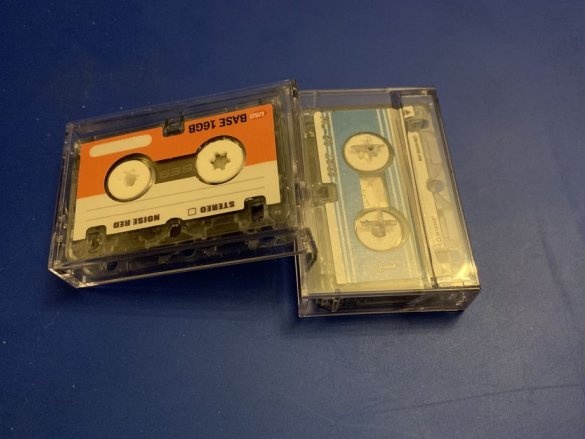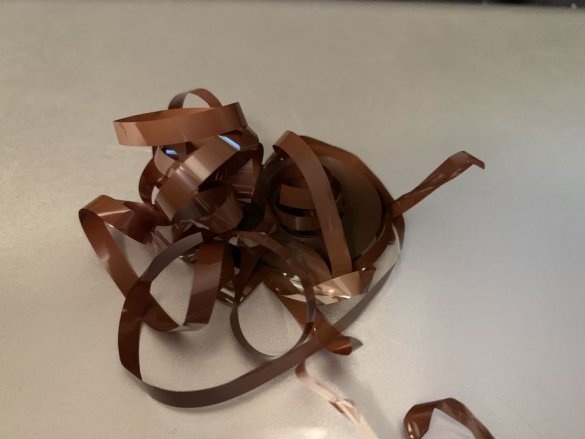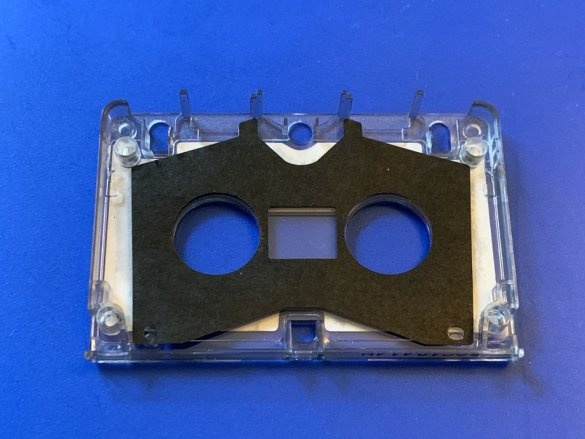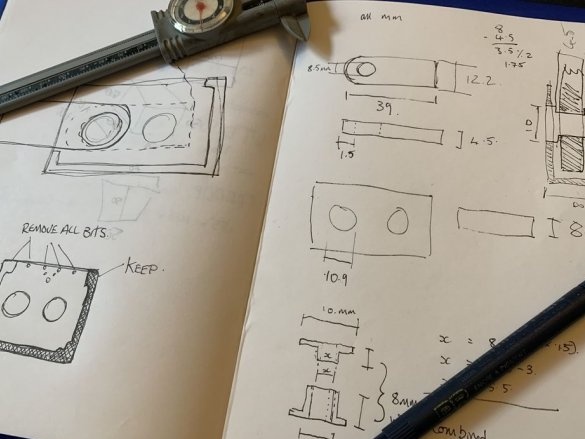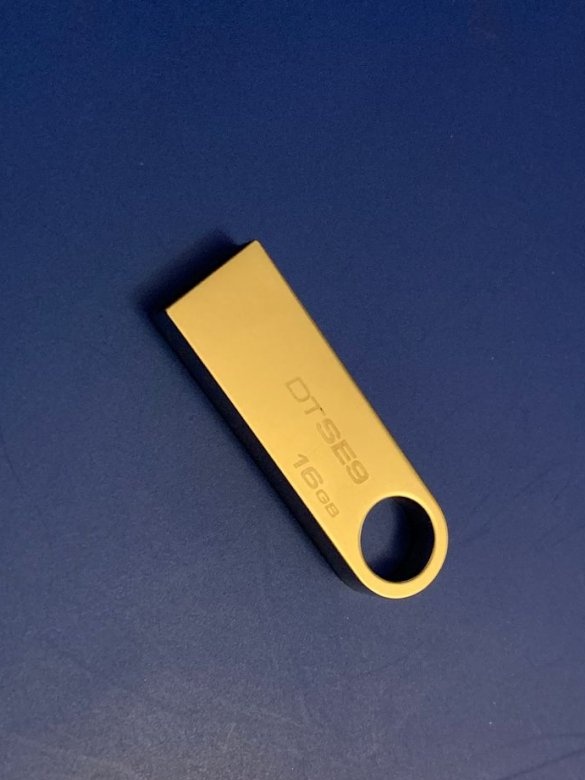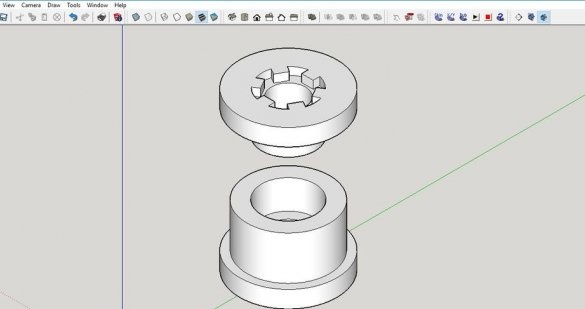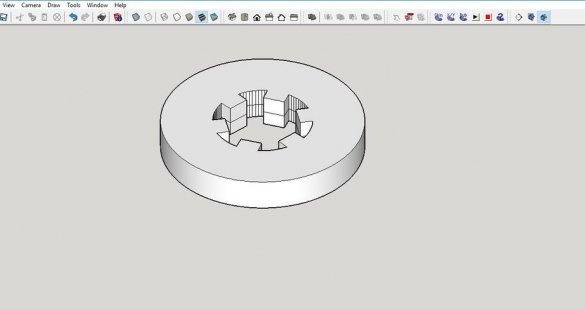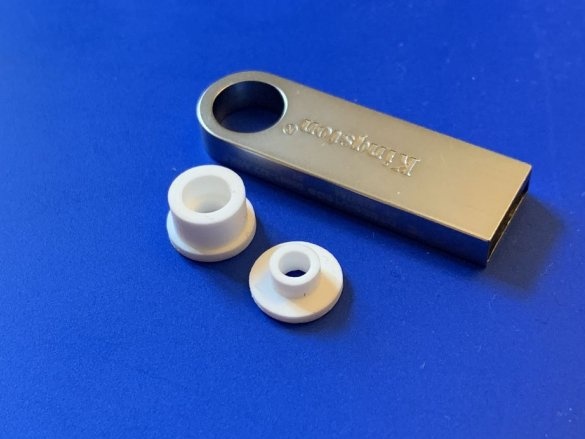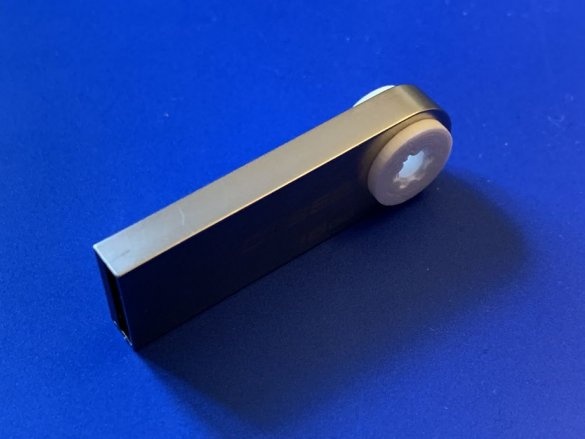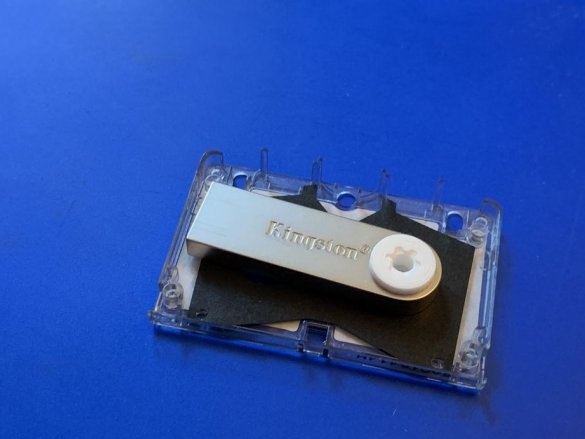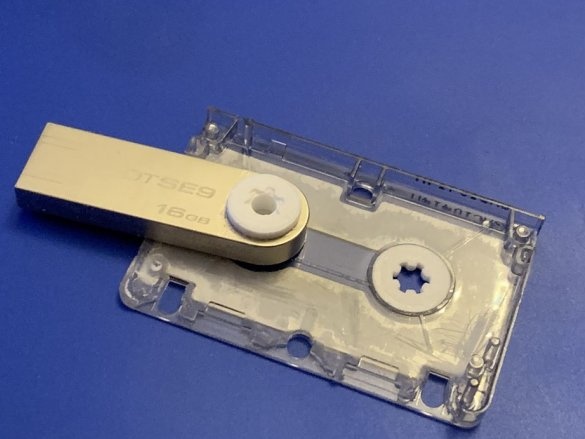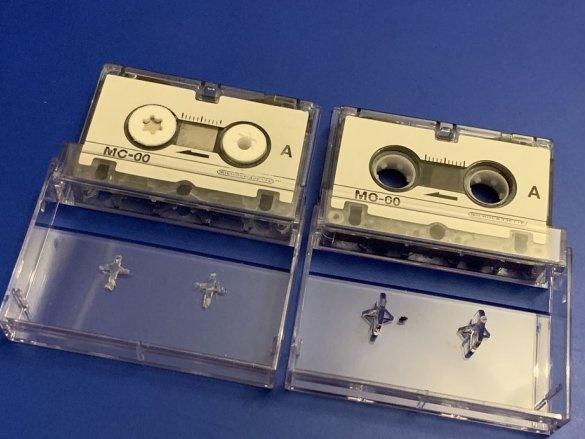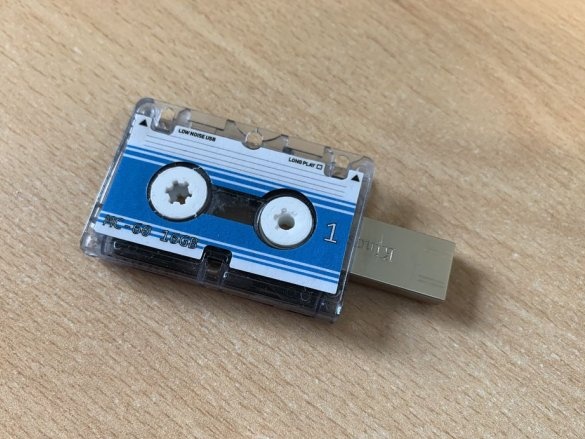The microcassette was introduced by Olympus in 1969. It allowed you to design quite interesting gadgets, for example, a cassette player located directly in large headphones, but found the most widespread use in voice recorders and answering machines. When at the beginning of the 2000s they managed to make digital both, the microcassette, like the compact cassette, turned into another type of vintage.
Flash drives in the form of compact cassettes are quite popular today, and the author of Instructables under the nickname backwards lamb decided that the microcassette was no worse, and used its case for the same purpose. As can be seen on the KDPV, the drive is ejected by turning the holder printed on the 3D printer, and retracted by turning it in the opposite direction. When folded, the converted cassette can be stored in the case intended for it, as before the alteration:
The cassette master parses:
You don’t need to wring the tape like this, it’s better to carefully wind it up and set it aside to repair other microcassettes that are planned to be used in accordance with the purpose in vintage equipment:
Be that as it may, the wizard works with these body parts:
The author conducts reverse engineering of the microcassette case, composing sketches and applying to them all the dimensions taken from the sample:
And it compares them with the dimensions of the flash drive with a hole in the case that is very convenient for this design:
The diameter of the holes for the bobbins in the cartridge is 10.9 mm, the thickness of the cartridge is 8 mm, the diameter of the hole in the flash drive body is 8.5 mm, and its thickness is 4.5 mm. Based on the measurement results, the wizard designs three parts in SketchUp and prints them. They are so tiny that he prints them with one hundred percent filling - there is nothing to save here:
It places the first two parts in the hole in the flash drive case like this:
Trying on:
It removes excess so that the flash drive, rotating, freely extends from the housing and retracts into it, and places the third part in the hole for the opposite reel:
Collects everything back:
Slices the tabs in the case so that it closes:
The next step is optional. The master prints a new sticker for the microcassette, on which the capacity of the drive is indicated:
Result:
The result is a storage medium that combines modern functionality with a vintage look. And if tomorrow you see someone the same, do not be surprised: he repeated this original design.

